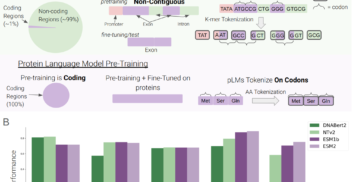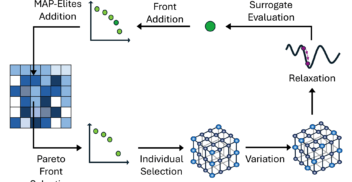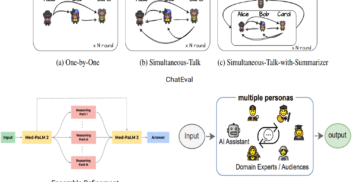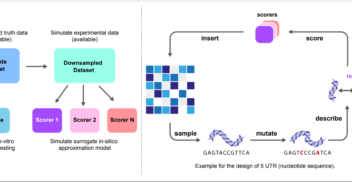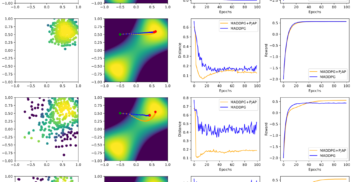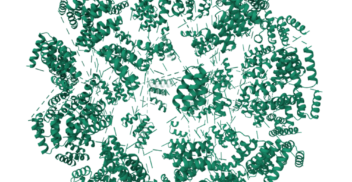Please read our extensive Privacy policy here. You can also read our Privacy Notice and our Cookie Notice
Overconfident Oracles: Limitations of In Silico Sequence Design Benchmarking
ICML 2024 workshop Jul 2024
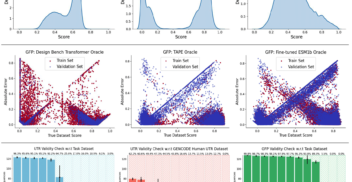
Generative Model for Small Molecules with Latent Space RL Fine-Tuning to Protein Targets
ICML 2024 workshop Jul 2024
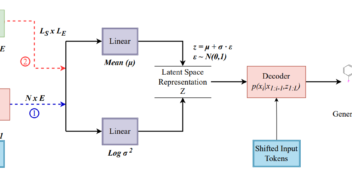
Likelihood-based fine-tuning of protein language models for few-shot fitness prediction and design
ICML 2024 workshop Jul 2024
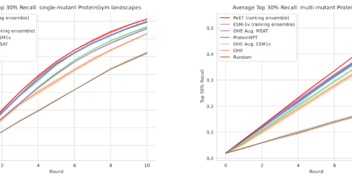
A large language foundational model for edible plant genomes
Nature Communications Biology 2024 Jul 2024
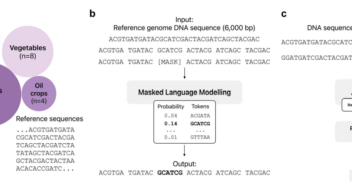
Machine Learning of Force Fields for Molecular Dynamics Simulations of Proteins at DFT Accuracy
ICLR 2024 GEM Workshop May 2024

Protein binding affinity prediction under multiple substitutions based on eGNNs with residue and atomic graphs and language model information: eGRAL
ICLR 2024 GEM Workshop May 2024
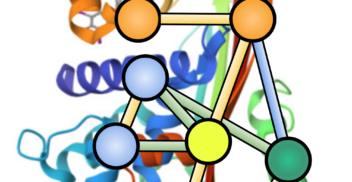
Exploring Genomic Language Models on Protein Downstream Tasks
LLMs4Bio AAAI 2024 | MLGenX ICLR 2024 May 2024
